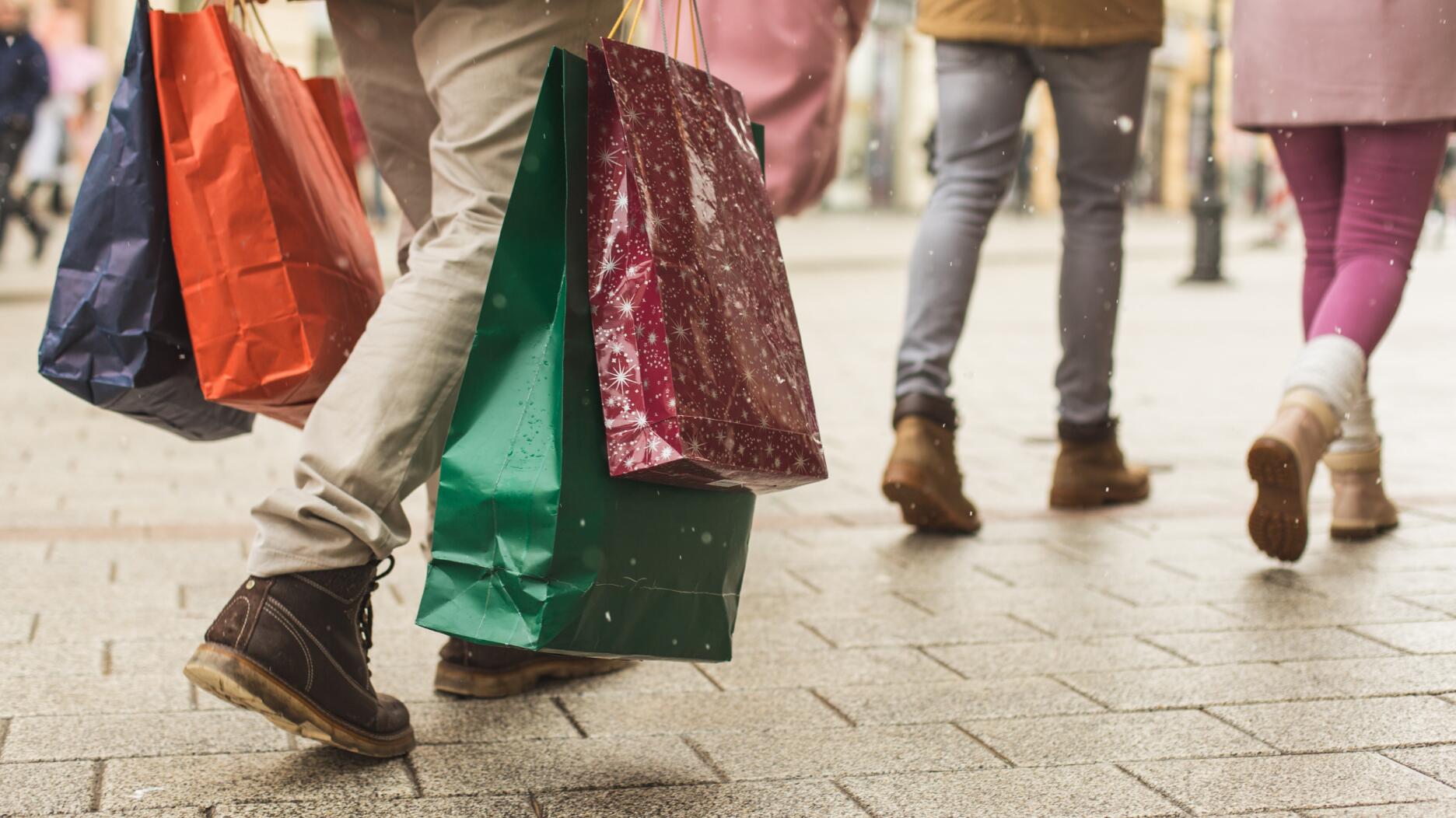The luxury goods company said founder Ippolita Rostagno will remain at the brand’s helm.
Survey: Consumers Would Pay Premium for ‘Responsibly Mined’ Gold
But they have very little knowledge about the area, indicating the trade needs to have clear messaging about origin and benefit to the buyer.

These insights were found in a research study about the awareness of responsibly sourced, artisanally mined gold conducted by MVI Marketing and Christina T. Miller Sustainable Jewelry Consulting.
It was co-sponsored by the Alliance for Responsible Mining and Rio Grande.
The survey polled 1,015 U.S. consumers between the ages of 25 and 50 from Nov. 4-13 with a household income greater than $50,000 and who have purchased jewelry valued at $200 or more in the past three years.
Perhaps unsurprisingly, the study found consumers do not understand artisanal mining well, with less than 20 percent of survey takers even aware of the term “artisanal mining.”
Within that group, only one out of three correctly described artisanal gold as coming from individual or small-scale miners, results showed.
Twenty-four percent, meanwhile, said it was gold mined by hand in impoverished areas, which is accurate in some circumstances, but as many as 23 percent thought it referred to gold jewelry made by an artist.
Once educated in the area, survey takers said they are likely to spend more on products made with artisanal and small-scale certified responsible gold.
One out of three (33 percent) would pay 5 to 10 percent more while 41 percent would be willing to pay 11 percent or more.
(The survey defined ASM certified responsible gold for participants as gold from artisanal and small-scale gold mines that adhere to environmental, social, and economic standards, which are audited by an independent third-party.)
“Marketing messages must include the story behind the gold and the cost/benefit to the consumer of buying responsibly,” said survey conductors.
Interestingly, though, 44 percent of respondents also admitted if they found jewelry they liked that was not ASM certified responsible gold, they would still buy the piece.
Meanwhile, the survey also indicated gender does play a role in making these decisions, with men more likely to read details about products, expressing more interest in origin and environmental topics than women.
Age seemed to play a “minor factor” in consumer receptiveness to ASM certified responsible gold.
Almost half of respondents between 25 and 35 said they would choose it while 42 percent of those between 26 and 50 said they would do the same.
Younger
The survey asked respondents to identify the issues that large companies and smaller miners face, and more than 60 percent understood dangerous working conditions as a top concern for both groups. Human rights abuses and poverty around the mining sites also were identified as important issues for artisanal and small-scale miners.
Most respondents also realize that mercury, which is commonly used in the artisanal and small-scale gold mining process, can have toxic effects on the nervous system and lead to brain damage, but 9 percent still mistakenly think mercury is safe to handle.
“This research study is a benchmark from which we will measure our progress as an industry,” said Christina Miller, an expert in the field of gold supply for jewelry manufacturing.
“The current conditions for artisanal and small-scale gold miners are neither healthy nor sustainable and this research shows that as consumers learn more, they will demand both transparent sourcing and improved conditions for the people doing the mining.”
What They Are Buying
The survey also asked participants about their jewelry buying habits and preferences, with one question asking them to rank what types of jewelry they were most likely to purchase.
Forty-five percent of respondents said they would purchase or request jewelry made with ASM certified responsible gold.
They also indicated they would purchase or request jewelry made with recycled gold (25 percent) and jewelry made with gold from industrial-scale mining companies (13 percent).
When ranking the most important criteria when buying fine jewelry, meanwhile, consumers ranked design as No. 1, followed by price and then metal.
Metal was seen as “extremely important” to 65 percent of the men in the study and 55 percent of the women, and “somewhat important” to 30 percent of men and 37 percent of women.
And in terms of preferred jewelry metal, 59 percent of women and 50 percent of men chose white gold for pieces they would purchase for themselves. This was followed by yellow gold, with 35 percent of women and 48 percent of men choosing the metal for themselves.
Meanwhile, gold and diamond jewelry was cited as the type of fine jewelry most purchased in the past three years, for both 55 percent of both men and women, followed by diamonds in sterling silver (46 percent for men and 41 percent of women).
Karat-gold jewelry with no gemstones or diamonds was the top choice for 50 percent of men in the survey.
The Latest

Laura Burdese, who joined the Italian luxury brand in 2022, will take on the role in July.

The National Jeweler editors revisit the most noteworthy industry happenings and design trends from 2025.

How Jewelers of America’s 20 Under 40 are leading to ensure a brighter future for the jewelry industry.

Need a gift for the cat lover who has everything? Look no further than our latest Piece of the Week.


It purchased the “Grosse Pièce,” an ultra-complicated Audemars Piguet pocket watch from the ‘20s, for a record-breaking price at Sotheby’s.

The lab-grown diamond grower now offers custom engagement and fashion jewelry through its Kira Custom Lab Jewelry service.

Roseco’s 704-page catalog showcases new lab-grown diamonds, findings, tools & more—available in print or interactive digital editions.

Chandler got his start at Michelson Jewelers and has served as DCA president and CEO since 2001. He will retire at the end of the month.

The boutique is slated to open this week inside Terminal 8, offering pre-owned Rolex watches and more to international travelers.

Sponsored by Digital Monitoring Products

The special-edition egg pendant ingested in a New Zealand jewelry store was recovered after a six-day wait.

Associate Editor Natalie Francisco plays favorites with Piece of the Week, selecting a standout piece of jewelry from each month of 2025.

The “Love and Desire” campaign is inspired by the magic that follows when one’s heart leads the way, said the brand.

Two awardees will receive free tuition for an educational course at the Swiss lab, with flights and lodging included.

Berta de Pablos-Barbier will replace Alexander Lacik at the start of January, two months earlier than expected.

Sotheby’s held its first two jewelry sales at the Breuer building last week, and they totaled nearly $44 million.

Winners will receive free registration and lodging for its fourth annual event in Detroit.

Here are six ideas for making more engaging content for Instagram Reels and TikTok, courtesy of Duvall O’Steen and Jen Cullen Williams.

The honorees include a notable jewelry brand, an industry veteran, and an independent retailer.

Carlos Jose Hernandez and Joshua Zuazo were sentenced to life without the possibility of parole in the 2024 murder of Hussein “Sam” Murray.

Yood will serve alongside Eduard Stefanescu, the sustainability manager for C.Hafner, a precious metals refiner in Germany.

The New Orleans jeweler is also hosting pop-up jewelry boutiques in New York City and Dallas.

Set in a Tiffany & Co. necklace, it sold for $4.2 million, the highest price and price per carat paid for a Paraíba tourmaline at auction.

The jeweler’s “Deep Freeze” display showcases its iconic jewelry designs frozen in a vintage icebox.

Take luxury gifting to new heights this holiday season with the jeweler’s showstopping 12-carat sphene ring.

This year's theme is “Unveiling the Depths of the Ocean.”


























